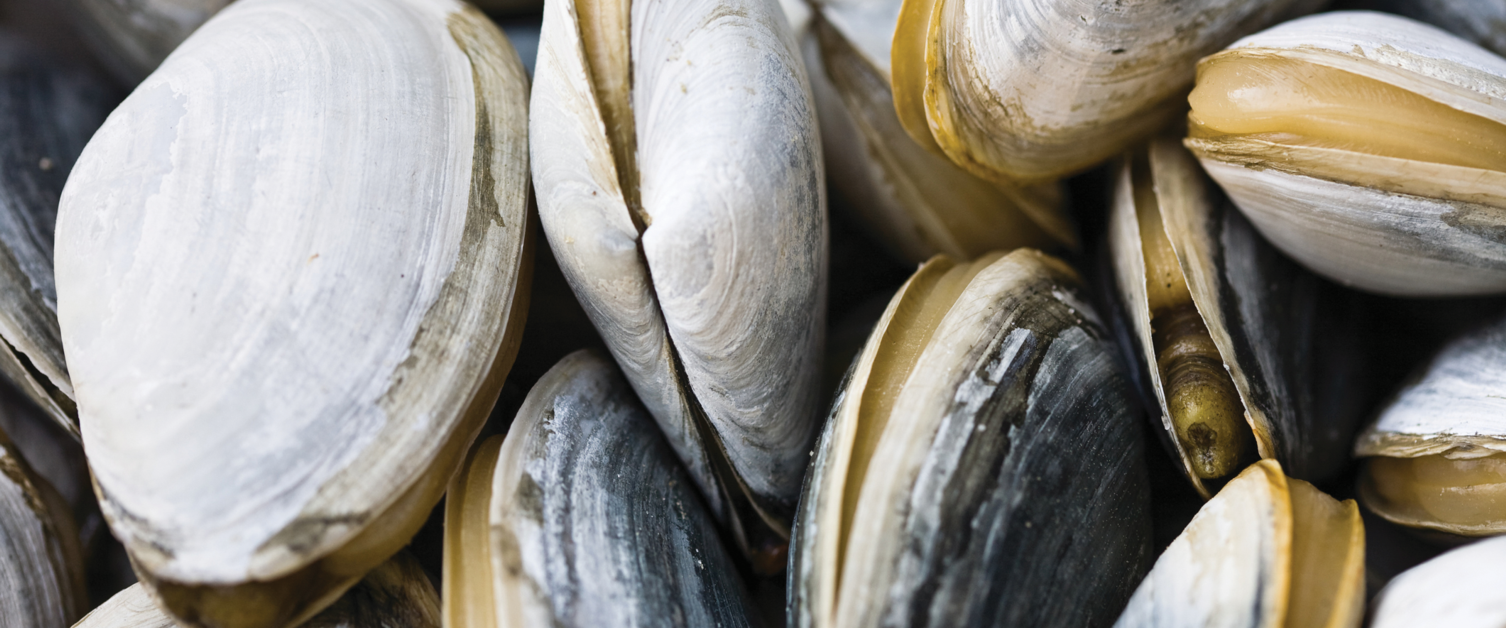Clam-oring for Data
- Parcels, BAMS
- By AMS Staff
- Mar 8, 2023
Clams
Photo Credit: iStock.com/capecodphoto
Clam-oring for Data
QUESTION: What can the quahog clam tell us about ancient climate?
ANSWER: Quite a lot, according to a group of scientists from the University of Exeter who utilized the clams to investigate what the subpolar North Atlantic climate system was like around the time of the Little Ice Age (LIA).
The researchers looked at three proxy records in ocean quahog clam shells—oxygen and carbon isotopes and shell growth—to better understand changes in the North Atlantic during Earth’s transition from the warm Medieval Climate Anomaly to the LIA. The LIA persisted for several centuries, ending around 1850, and since quahog clams can live for several hundred years, they are useful indicators of such environmental changes. The analysis of the shells, which were collected from the North Icelandic shelf, showed that just before the LIA began, the North Atlantic climate system destabilized and lost its ability to recover from external changes, which may have pushed Earth past a tipping point and into a colder state. “One way to tell that a system is approaching a sudden transition is that it becomes slow to respond to perturbations (external changes),” explains lead author Beatriz Arellano-Nava. “In other words, a system loses the ability to return to its average state and can instead ‘tip’ into a new state.” The finding is particularly salient today, as global climate change has put the North Atlantic system “at risk of a tipping point again,” according to coauthor Tim Lenton, which he says would lead to “abrupt climate change over Europe.” The study was published in Nature Communications. [Source: University of Exeter]
* For more content from the Bulletin of the American Meteorological Society, please click here.
